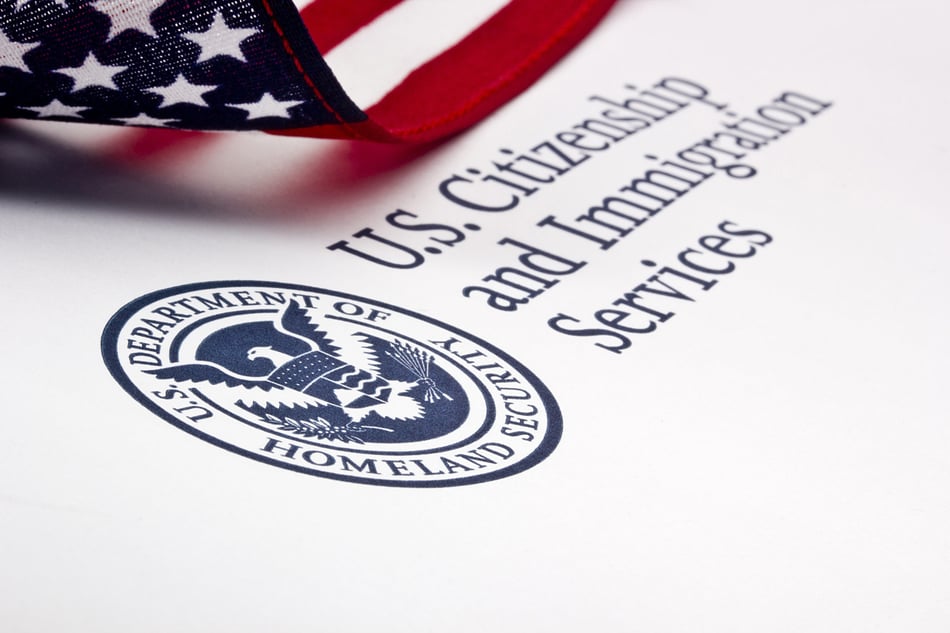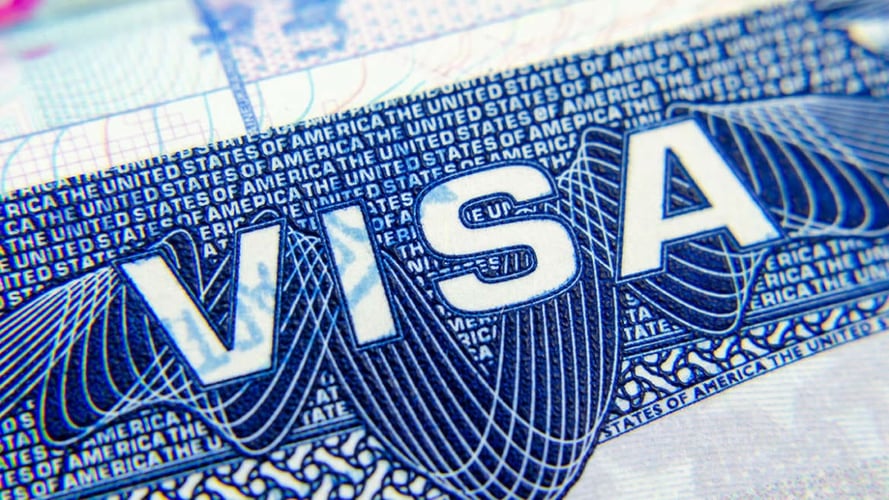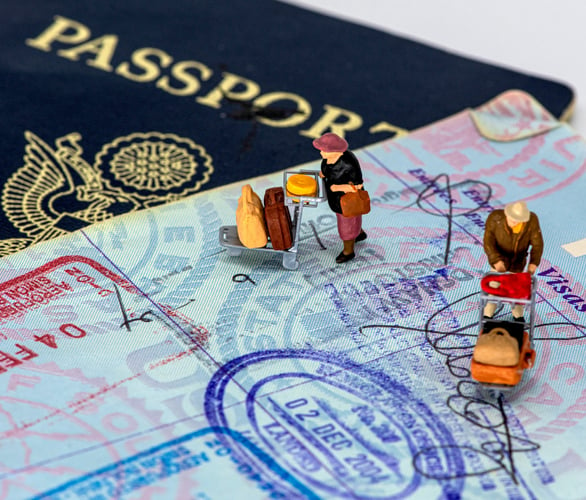H-2B Temporary Non-agricultural Workers — Visa Cap Update from USCIS

DHS to supplement H2-B cap with additional visas after cap reached for remaining H-2B Visas for FY 2021
As of Aug. 13, 2021, USCIS reached more than the additional 22,000 H-2B visas made available under the temporary supplemental rule for FY 2021. US CIS has announced they will make available an additional 20,000 H-2B temporary nonagricultural worker visas for fiscal year (FY) 2022. Previously, USCIS
What does that mean for H-2B Visa applicants?
Generally, the H-2B program allows U.S. employers or U.S. agents who meet specific requirements to bring foreign nationals to the United States to fill temporary non-agricultural jobs. If you’d like to work in the U.S. on an H-2B Visa, a U.S. employer or U.S. agent as described in the regulations must file Form I-129, Petition for a Non-immigrant Worker, on your behalf.
Regarding the temporary supplemental cap, USCIS has stated they will continue accepting cap-subject petitions for the first half of FY 2022 for employment start dates before April 1, 2022.
Additionally, USCIS stated they will continue to accept H-2B petitions for workers that are exempt from the cap, including petitions for:
-
- Current H-2B workers in the United States who extend their stay, change employers, or change the terms and conditions of their employment;
- Certain fishing and seafood processing occupations; or
- Workers performing labor or services in the Commonwealth of Northern Mariana Islands or Guam during a specified time period.
Other Information and Eligibility Requirements for H-2B Visa Applicants
Importantly, eligibility for an H-2B Visa is limited to applicants from specifically approved countries, with the concurrence of the Office of the Secretary of State and USCIS. If you’re not a citizen of one of these countries, you may still qualify for other types of Visas. Call our office to set up a consultation about your individual needs and circumstances.
Andorra, Argentina, Australia, Austria, Barbados, Belgium, Brazil, Brunei, Bulgaria, Canada, Chile, Colombia, Costa Rica, Croatia, Republic of Cyprus, Czech Republic, Denmark, Dominican Republic, Ecuador, El Salvador, Estonia, Fiji, Finland, France, Germany, Greece, Grenada, Guatemala, Haiti, Honduras, Hungary, Iceland, Ireland, Israel, Italy, Jamaica, Japan, Kiribati, Latvia, Liechtenstein, Lithuania, Luxembourg, North Macedonia, Madagascar, Malta, Mauritius, Mexico, Mongolia, Montenegro, Mozambique, Nauru, The Netherlands, Nicaragua, New Zealand, Norway, Panama, Papua New Guinea, Peru, The Philippines, Poland, Portugal, Romania, Saint Lucia, San Marino, Serbia, Singapore, Slovakia, Slovenia, Solomon Islands, South Africa, South Korea, Spain, St. Vincent and the Grenadines, Sweden, Switzerland, Taiwan, Thailand, Timor-Leste, Turkey, Tuvalu, Ukraine, United Kingdom, Uruguay, and Vanuatu.
Fees for H-2B Visa Workers
Protect yourself! Employers and recruiters are prohibited from collecting a fee, directly or indirectly, from an H-2B Visa Worker as a condition of employment. If you’re worried this might be happening to you, call our office to schedule a time to discuss your situation.
How the H-2B Visa Application Works
Before requesting H-2B classification from USCIS, the petitioner must apply for and receive a temporary labor certification for H-2B workers. Then, submit Form I-129 to USCIS.
After receiving a temporary labor certification for H-2B employment from either DOL or Guam DOL (if applicable), the petitioner must file Form I-129 with USCIS. If the Form is approved, prospective H-2B workers who are outside the United States must:
- Apply for an H-2B visa with the U.S. Department of State (DOS) at a U.S. Embassy or Consulate abroad and then seek admission to the United States with U.S. Customs and Border Protection (CBP) at a U.S. port of entry; or
- Directly seek admission to the United States in H-2B classification with CBP at a U.S. port of entry in cases where an H-2B visa is not required.
Period of Stay for Temporary Workers holding H-2B Visas
The maximum period of stay in H-2B classification is 3 years, although generally, USCIS may grant H-2B classification for up to the period of time authorized on the temporary labor certification. One-year extensions may be available, but require a new, valid temporary labor certification covering the requested time.
If you are married, or you have children who are unmarried, your spouse and unmarried children under 21 years of age may seek admission to the U.S. through an H-4 nonimmigrant classification. Importantly, however, persons in the United States on H-4 Visa are not eligible for employment in the U.S.
Visa applications can be complicated, as well as highly subjective. Your eligibility for employment and your immigration status is too important to leave to chance. If you, your employer, or a family member needs help with the H-2B Visa application process or other immigration legal services, we can help. Contact our office today to schedule an appointment to discuss your situation.



